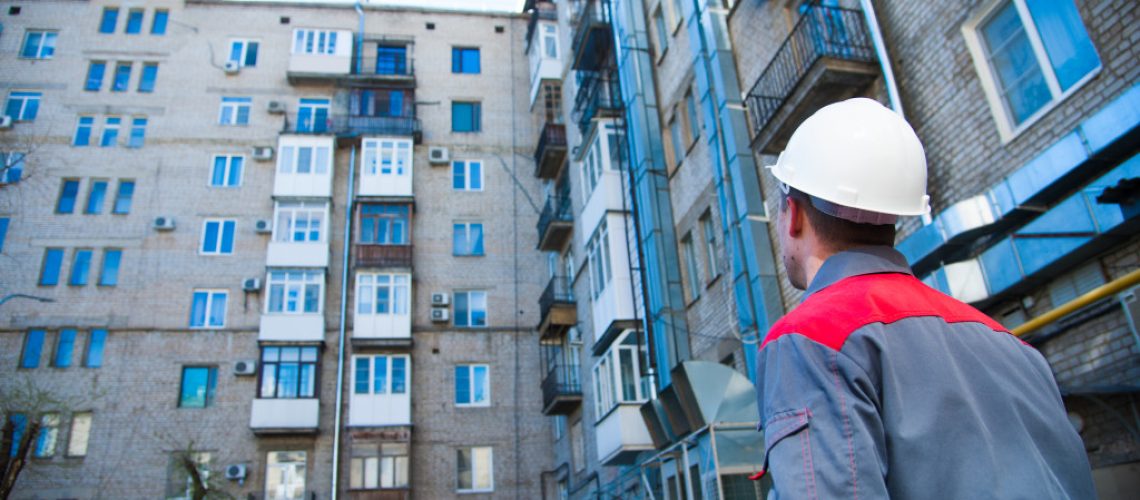- Construction worker safety is crucial, and firms should prioritize investments in safety equipment, training, and regular inspections.
- Personal Protective Equipment (PPE), fall protection, and noise protection are essential safety investments for construction sites.
- Comprehensive, updated training educates workers about potential hazards and equips them with the skills to manage these risks.
- Regular inspections and maintenance of tools, machinery, and PPE prevent accidents and ensure the safety of construction workers.
Safety in the construction industry is paramount, not only for the well-being of workers but also for project efficiency and legal compliance. According to the Occupational Safety and Health Administration (OSHA), one in five worker deaths were in construction—indicating the potential dangers inherent to this industry. These fatalities were primarily due to falls, struck-by-object incidents, electrocutions, and caught-in/between accidents. These “Fatal Four” were responsible for more than half (58.6%) of construction worker deaths, according to BLS reports.
Furthermore, the National Safety Council reports that the construction sector has the highest number of fatal and nonfatal traumatic brain injuries in U.S. workplaces. These statistics underscore the urgent need for improved safety measures in the construction industry.
A construction firm must invest heavily in safety protocols and programs to mitigate risks and protect its workers. But with limited resources, where should a construction company focus its efforts to yield the most significant returns on investment (ROI)? Here are a few areas to consider:
Safety Equipment and Gear

Construction sites are inherently dangerous, with heavy machinery and equipment being operated close to workers. Therefore, providing proper safety equipment and gear is essential for preventing accidents. Your budget must make room for these things to keep workers safe. Here are a few categories to invest in for safety equipment and gear:
Personal Protective Equipment (PPE)
Personal Protective Equipment (PPE) is essential to safeguard construction workers from potential hazards on-site. This includes hard hats, safety glasses, high-visibility clothing, steel-toe boots, and gloves. These items protect workers from head injuries, falling debris, electrocution, and other dangers inherent in the construction field.
Rigging Blocks and Pulleys
High-quality rigging blocks and pulleys are crucial in safely lifting and moving heavy materials, significantly reducing physical strain on workers and potential accidents caused by manual lifting. Regularly inspecting and maintaining these devices can prevent malfunctions that might lead to severe injuries or fatalities.
Fall Protection
Fall protection measures are necessary in any construction site, particularly those involving work at height. Harnesses, lanyards, and guardrails can prevent workers from falling, while safety net systems can minimize harm during a fall. Training workers in the correct use of these systems is equally important.
Respiration and Noise Protection
The construction environment often involves exposure to dust, harmful chemicals, and loud noise. Respirators help workers avoid inhaling dangerous compounds and pathogens, while earplugs and earmuffs protect workers from damaging noise levels. Routine training and reinforcement of proper equipment use are critical in these areas.
Training and Education

Training and education are a cornerstone of any successful construction safety program. Comprehensive, updated training educates workers about potential hazards they may face on-site and equips them with the proper knowledge and skills to manage these risks effectively. This includes understanding the appropriate use of safety equipment like rigging blocks and pulleys, adhering to fall protection protocols, and using personal protective equipment correctly.
Additionally, education on recognizing and avoiding hazards can empower workers to take proactive measures to maintain their safety and those of their co-workers. Moreover, regular training ensures that safety precautions are not merely rules on paper but are ingrained in the day-to-day operations of the workers. Hence, investing in training and education mitigates risks and cultivates a safety-conscious culture within the construction site, leading to fewer accidents and improved productivity.
Many training programs and resources are available, including OSHA’s 10- and 30-hour construction safety courses, which cover fall protection, PPE use, electrical hazards, and more.
Regular Inspections and Maintenance
Regular inspections and maintenance of tools, machinery, and personal protective equipment are critical components of a comprehensive safety program. Functional and up-to-date equipment is indispensable in preventing accidents and ensuring the safety of the construction workers. Tools and machinery should be inspected routinely for wear and tear, and any malfunctioning equipment should be immediately repaired or replaced. This helps avoid unexpected breakdowns or accidents resulting from faulty tools.
Moreover, regular maintenance extends the lifespan of the equipment and ensures it operates at peak efficiency, which can, in turn, enhance productivity and the overall safety of a construction site. For instance, maintaining lifting equipment can prevent catastrophic failures resulting in dangerous falls or dropped loads.
Similarly, personal protective equipment should be inspected regularly to ensure it is in good condition and provides the necessary protection. Damaged or worn-out PPE can fail to safeguard the worker as intended, leading to severe injuries or fatalities.
Regular inspections also help identify potential hazards before they lead to accidents. These can include unstable structures, hazardous materials, or unsuitable working conditions. By routinely inspecting and maintaining the construction site and its equipment, firms can significantly reduce the risk of accidents, ensuring a safer working environment for all workers.
Final Thoughts
Investing in construction worker safety is crucial for employees’ well-being and a construction firm’s success. By focusing on safety equipment and gear, training and education, and regular inspections and maintenance, firms can significantly mitigate risks and foster a safety culture within their operations.

